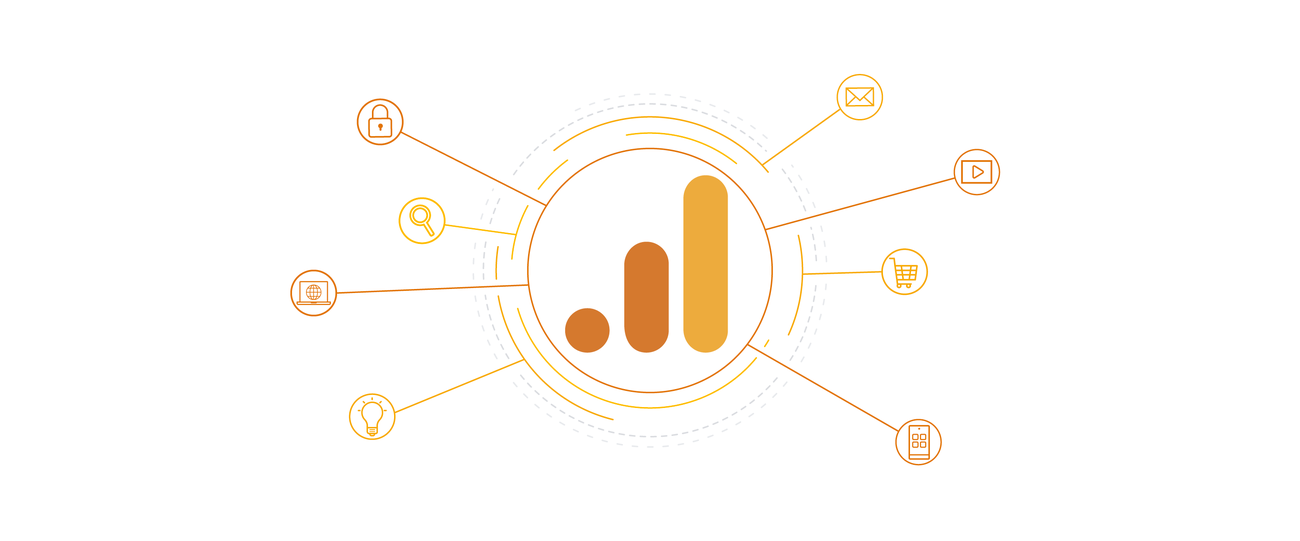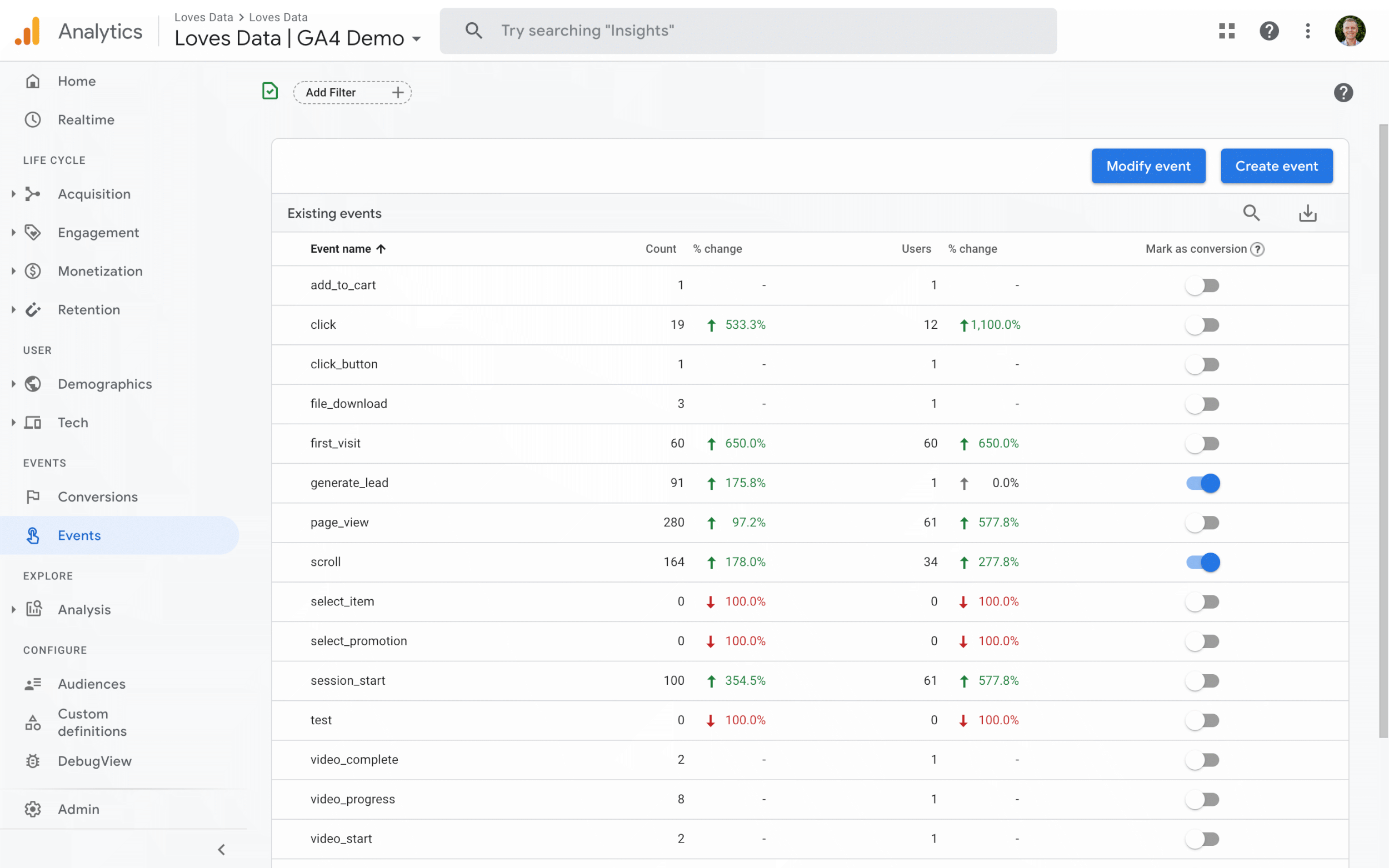When Does the Google Analytics Tracking Code Send an Event Hit to Analytics? A Deep Dive into Individual Interactions
Master Internet Site Insights With Accurate Google Analytics Tracking Code
The effective utilization of Google Analytics pivots on the exact execution of its monitoring code, a fundamental action typically overlooked by internet site owners. What are the common challenges that could weaken your monitoring efforts, and just how can you make sure accuracy in your technique?
Understanding Google Analytics Fundamentals
Google Analytics is an important device for site proprietors and online marketers, supplying important understandings right into customer actions and website efficiency. At its core, Google Analytics collects data concerning visitors to a web site, allowing users to examine metrics such as traffic sources, customer engagement, and conversion rates. Comprehending these basics is critical for optimizing a web site's performance and enhancing individual experience.
The system uses cookies to track communications, recording data such as web page sights, session periods, and bounce prices. This details is accumulated and presented through customizable dashboards, making it possible for customers to envision trends over time. Key performance signs (KPIs) can be kept an eye on, such as the complete variety of customers, brand-new versus returning site visitors, and the geographical distribution of the audience.
Furthermore, Google Analytics uses division features, enabling individuals to separate details website traffic resources or user demographics for even more targeted evaluation. By grasping these foundational aspects, site owners can make educated decisions about web content approach, advertising and marketing projects, and general site improvements. Ultimately, understanding Google Analytics essentials is essential for leveraging information to drive development and achieve business purposes properly.
Establishing Your Tracking Code

Copy the given monitoring code and paste it into the HTML of your internet site. This makes certain that the tracking code loads prior to any various other material, allowing it to record data accurately.
After installment, verify that the monitoring code is working properly by utilizing Google Tag Aide or the Real-Time records in Google Analytics - when does the google analytics tracking code send an event hit to analytics?. This step is crucial to validate that your data collection is energetic and accurate, establishing the foundation for insightful evaluation
Common Monitoring Code Issues
Numerous internet site owners encounter typical issues with their Google Analytics tracking code that can impede information collection and analysis. One widespread issue is inappropriate installation. This may take place when the tracking code is put in the incorrect section of the web site's HTML, frequently causing incomplete or absent data. Furthermore, having numerous instances of the tracking code on a solitary web page can result in inflated metrics, as customer communications might be counted a lot more than once.
Another problem arises from the usage of advertisement blockers, which can prevent the tracking code from carrying out entirely, hence skewing information. when does the google analytics tracking code send an event hit to analytics?. Moreover, failure to configure filters correctly can result in the exclusion of vital website traffic resources or the incorporation of undesirable reference spam, misshaping the information accumulated
Internet site proprietors might additionally forget the importance of tracking code updates, specifically when moving to Google Analytics 4 (GA4) from Universal Analytics. Last but not least, not enough screening before introducing modifications can lead to undiscovered errors in the tracking code, further complicating information integrity. Resolving these usual problems is critical for making certain exact monitoring and insightful analytics.
Analyzing Internet Site Information Successfully
Precise data collection is just the primary step in leveraging Google Analytics; the real worth depends on properly analyzing that information to drive educated decision-making. To accomplish this, it is vital to identify vital efficiency indicators (KPIs) that straighten with your service goals. Concentrate on metrics such as conversion rates, user involvement, and web traffic resources, as these will certainly provide understandings into customer habits and the total efficiency of your website.
Making Use Of Google Analytics' segmentation attributes enables for a deeper understanding of your target market. By breaking down information right into certain demographics, behaviors, and web traffic channels, you can discover fads and that site patterns that inform targeted methods. Executing personalized reports and control panels can improve this procedure, enabling quick accessibility to important data.
Moreover, routinely assessing data patterns with time helps to determine abnormalities and opportunities for improvement. Make use of visualization devices to present information in a conveniently absorbable format, facilitating much more reliable interaction with stakeholders. Ultimately, the capability to examine website data successfully encourages businesses to make calculated choices that boost customer experience, optimize marketing efforts, and drive growth.

Best Practices for Accurate Tracking
Applying efficient monitoring methods is important for obtaining trusted information in Google Analytics. To guarantee exact tracking, start by properly installing the Google Analytics tracking code on every web page of your site. This can be accomplished with a tag manager or by directly installing the code into the HTML.
Next, look at this now configure your Google Analytics account to leave out internal web traffic. This can be done by establishing filters that identify and get rid of brows through from your organization's IP address, consequently protecting against skewed information. In addition, utilize event tracking to keep an eye on details user interactions, such as downloads or video clip plays, which typical page views may ignore.
Consistently audit your monitoring configuration to confirm that all functions, such as goals and ecommerce tracking, are working appropriately. Develop a regular naming convention for your campaigns and events to help with simpler coverage and evaluation.
Finally, take into consideration leveraging UTM criteria for projects to get understandings right into the efficiency of various advertising initiatives. By complying with these finest methods, you can boost the precision of your information collection and evaluation, eventually causing more educated decision-making for your site.
Conclusion
By ensuring the monitoring code is properly put and regularly examined, site owners can catch vital customer interaction information, thus facilitating the recognition of key efficiency indicators. Eventually, a durable tracking structure enhances the capability to drive engagement and enhance total site efficiency.

Inadequate check my site testing before launching adjustments can result in unseen errors in the tracking code, better making complex data reliability.Implementing reliable tracking practices is crucial for getting trustworthy data in Google Analytics. By ensuring the monitoring code is properly placed and regularly examined, site proprietors can record important customer communication data, thus helping with the recognition of crucial efficiency signs.